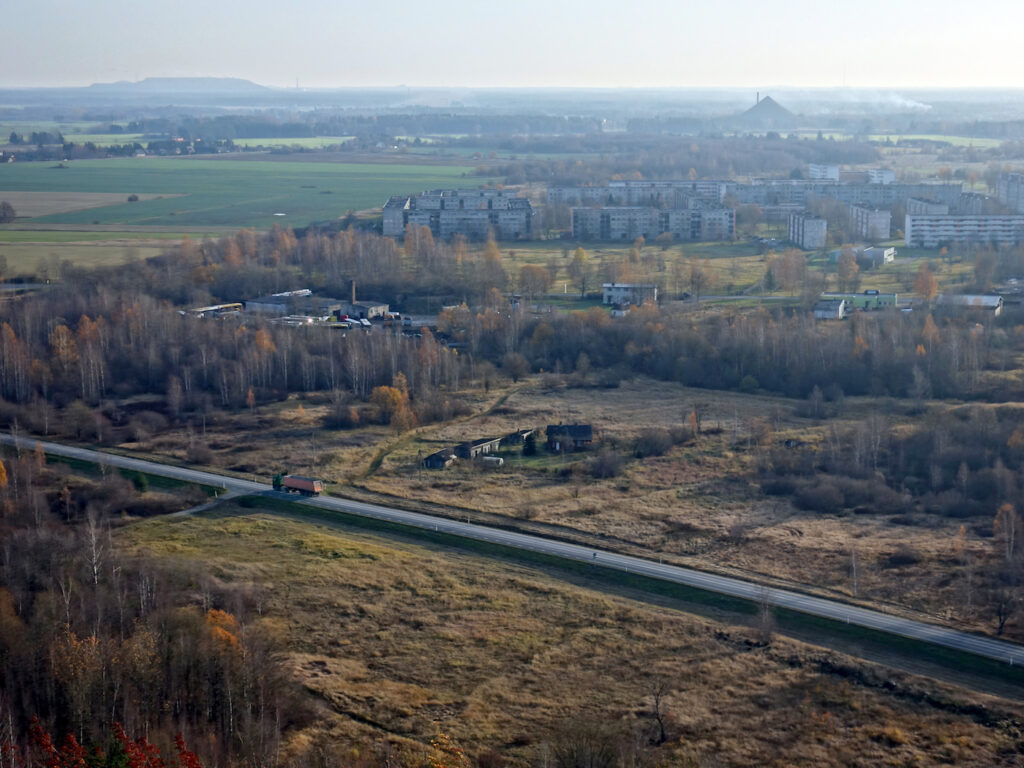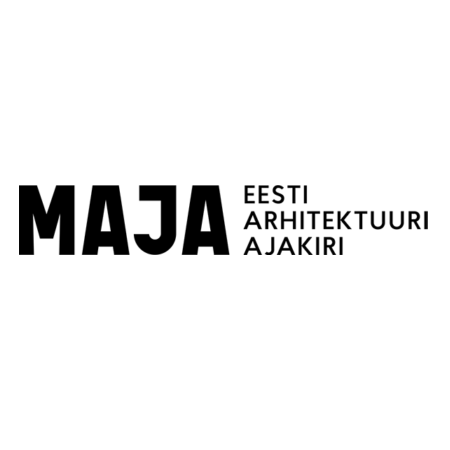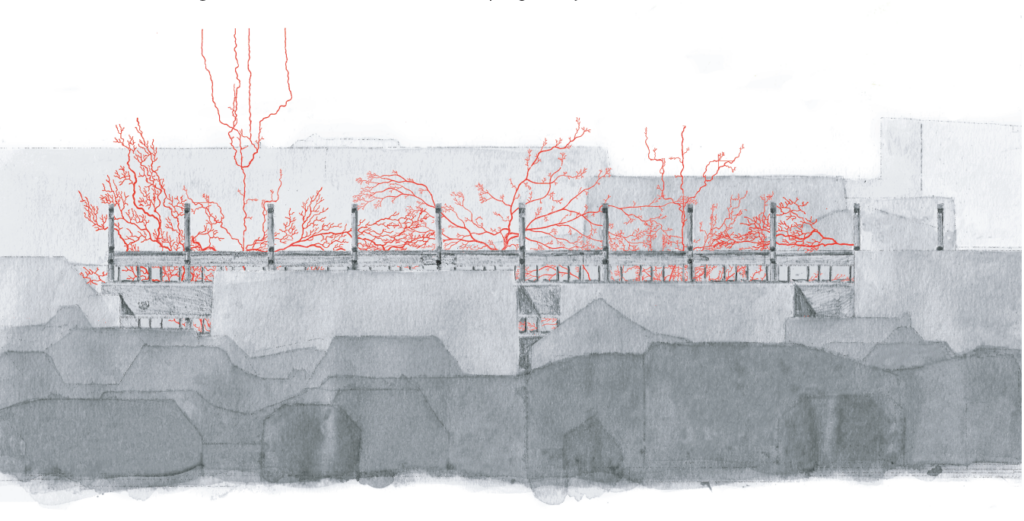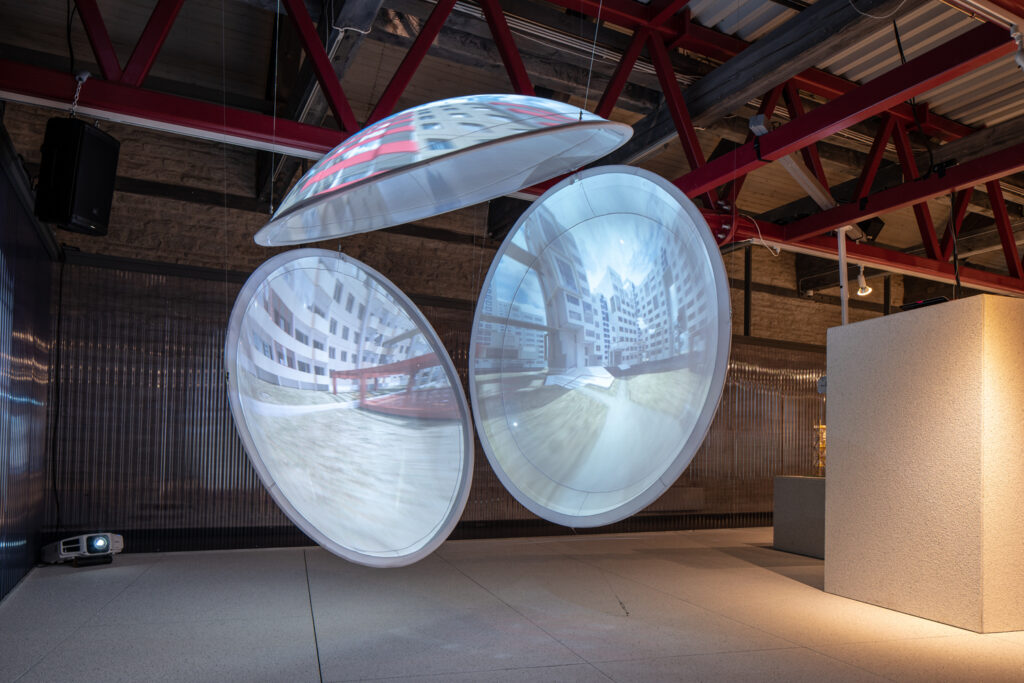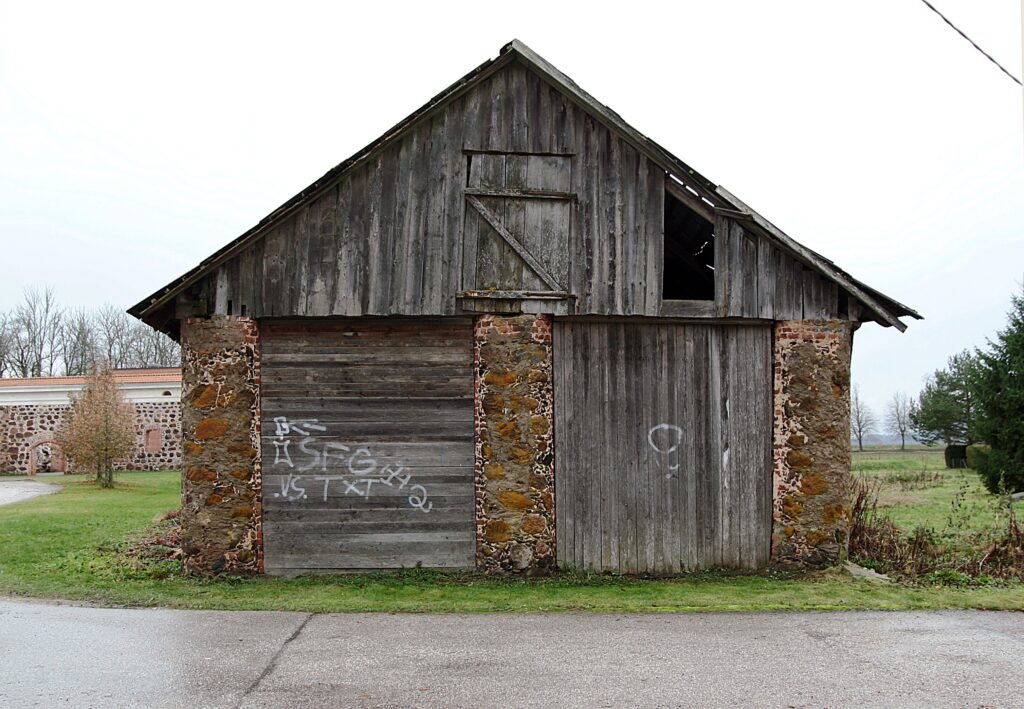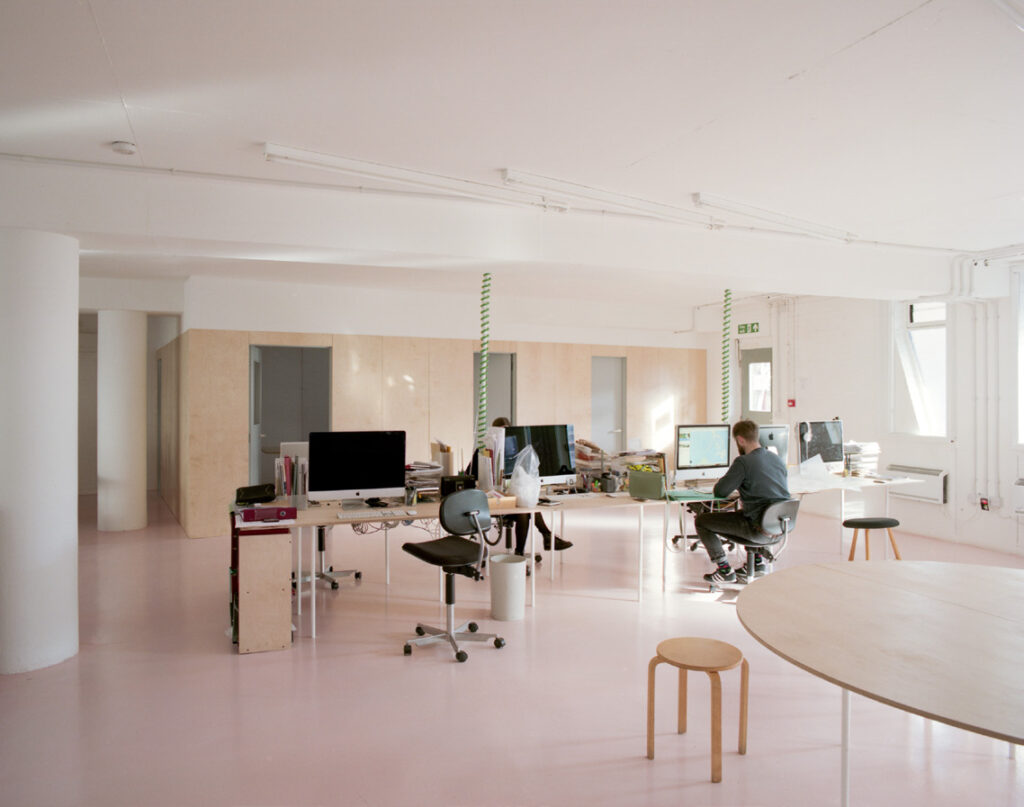Answers by Roland Reemaa, Urmo Mets, Juhan Kangilaski, Andra Aaleo and Keiti Kljavin.
Thinking through stone opens up a fresh perspective on construction culture (and the lack thereof), availability of local building materials and their untapped (economic) potential, and, ultimately, on building truly long-lasting buildings.
How should we define heritage in a paradoxical situation where both the building and its surroundings could be regarded as heritage objects? Our editorial board asked architects to muse on the future of the building.
This issue of Maja takes the call for a moratorium on all new construction as its starting point.
The group exhibition, The Houses We Need at Estonian Museum of Architecture (11.06-21.11.2021) showcases 16 commissioned designs for houses ‘with the aim of ensuring a more beautiful, secure and peaceful future on planet Earth’.
Maja spring 2021 edition is on sale in Estonia. For subscriptions please contact info at ajakirimaja.ee
The stocky fieldstone columns of Viljandi County sometimes form a part of a romantic landscape of ruins, sometimes a utilitarian agricultural complex. Although built more than a hundred years ago, they form architecture with a strong presence in the here and now. They are a framework that can be either filled or let alone as needed.
I sat down with Judith Lösing, Julian Lewis and Dann Jessen, the three directors of East Architecture Landscape Urban Design Ltd., the architecture office I work with in London. As an office it is not uncommon for us to exchange ideas and discuss matters that might not have a direct connection to a project but that are a part of a wider architectural discussion. For this issue, I invited the three directors to discuss the way East’s practice that spans around 20 years relates to the theme of authorship in architecture and how practicing more or less exclusively in London shapes that relationship.
No more posts

